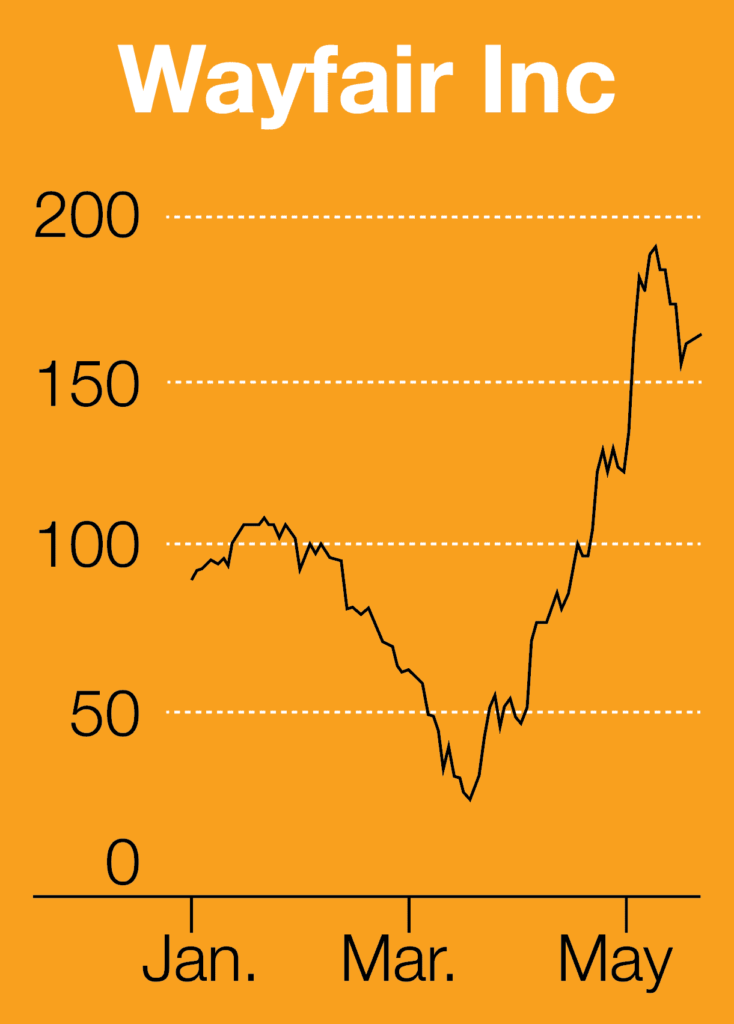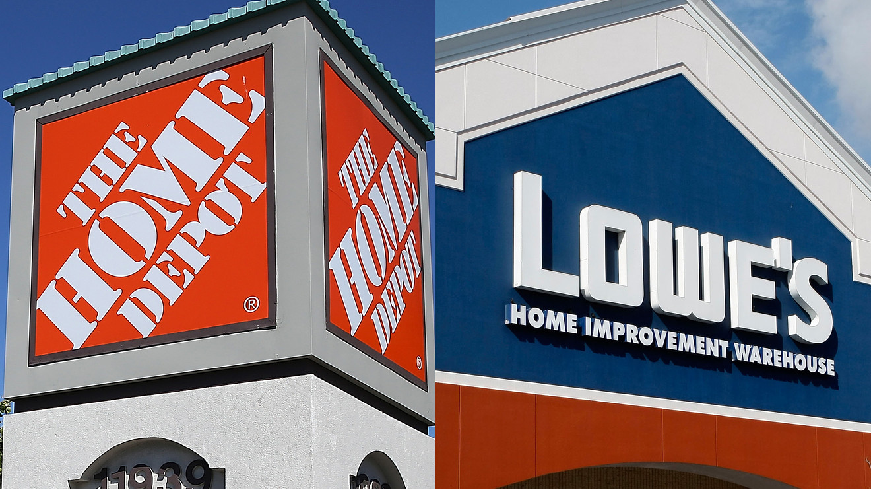This week we screened a wealth of industry data metrics that gives us confidence that the worst for the housing industry is behind us. An optimist by nature, I can’t afford to be naïve. Optimism is a force of life that keep us moving forward… yet our clients expect that our sales & marketing advice is firmly rooted in realistic evidence.
This isn’t the first economic cycle we’ve successfully navigated in the past three decades. We can’t bury our head in the sand. Nor can we have our eyes fixed on the sky. Despite pandemic-related turmoil in other channels, home building has continued in the states where construction has been deemed essential business, keeping contractors on the job. According to the latest National Association of Home Builders/Wells Fargo Housing Market Index (HMI), builder confidence in the market for newly-built single-family homes increased seven points in May. For 30 years — and as long as our agency has been in existence — the National Association of Home Builders (NAHB) has been conducting the Housing Marketing Index (HMI), a monthly survey that gauges builder confidence and sales expectations over the next six months. For the first time in nearly five months, that number has increased.
This upward trajectory comes after the largest single monthly decline in builder confidence in the history of the index, which occurred in April.
Several factors have spared the housing industry from the same precipitous fall as other industries. A significant portion of construction work is outdoors and contractors mostly have been able to continue to do their work while observing social distancing and OSHA (Occupational Safety and Health Administration) guidelines for construction workers. What’s more, online tools such as virtual home tours, online closings and virtual home inspections have allowed homebuyers to make informed decisions from a distance.
And mortgage interest rates continue to remain at historic lows, sustaining demand.
Home Sales are Starting to Increase
While society is far from normal, recent information from Redfin suggests the market may have experienced the worst of the impact from COVID-19 and is starting to recover. Data shows the number of real estate agent inquiries were 5.5 percent higher in the week ending May 10 than before the pandemic. Week-to-week new listings, increased to 53,000 the week ending April 24 from 48,000 the week earlier. Pending sales also increased within the same period. Some anecdotal factors include former Airbnb owners — unable to book guests — putting their homes up for sale. And landlords in college towns deciding to list their homes, as student leases lapse.
Low inventory propelled the medium sales price of existing homes to an all-time high in April according to National Association of Realtors’ (NAR) Existing Homes report, released this week.
Mortgage Applications Are Up
According to the Mortgage Bankers Association’s seasonally adjusted index, applications to purchase a home jumped by 11 percent the first week of May, with steady growth over the past four weeks. Applications were still 10 percent lower compared to the same week a year ago, but that gap has been closing. In the first week of May, purchase volume was down 19 percent annually compared to one month ago, when it was down 35 percent. And those gains occurred even as the average contract interest rate for a 30-year fixed-rate mortgage edged up from a record-low 3.40 percent to 3.43 percent.
As all 50 states are reopening and home showings are beginning to take place, buyers are coming back to the table much sooner than expected. In the 10 largest states in MBA’s survey, New York led in purchase demand with a 14 percent jump in mortgage applications. Illinois, Florida, Georgia, California and North Carolina also had double-digit increases the first week of May compared to the last week of April.
Consumers are Taking Stock of their Living Spaces
Consumers are not only spending more time at home during the COVID-19 pandemic – they are also reassessing their living spaces and making wish lists for improvements. Downloads of home improvement apps are surging, with The Home Depot recording 706,000 downloads, Lowe’s 527,000 downloads and Menards 116,000 in the month of April alone. And on their heels, are sales results for home decor companies such as Wayfair and Overstock along with HomeAdvisor, Room Planner and Houzz.

In a survey of 1,000 homeowners released by Houzz earlier this week, 52 percent of homeowners who were working on a renovation or design project before the pandemic… were able to continue it. Online searches in the home improvement category are significantly up. According to a recent webinar by The Farnsworth Group searches for siding, roofing, as well as kitchen & bath were up 120 percent, 61 percent and 76 percent, respectively, from March 16 to April 5.
Big Box Retailers Are Doing Well
Lowe’s and The Home Depot, in particular, have been benefitting from shelter-in-place restrictions… each reported strong first quarter earnings this week. Both chains have been able to remain open throughout the crisis, as they were deemed essential businesses. In addition, spring is historically the biggest selling season for home improvement stores. And warmer weather across much of the U.S. certainly contributed.
It’s clear that consumers are preparing for home improvements, including upgrades and remodels. In fact, Lowe’s reported same-store sales growth of 11.2 percent in the first quarter of 2020 compared to an expected 3.4 percent growth… actually outperforming The Home Depot. Campaigns like Lowe’s Spring Black Friday event delivered increased traffic and sales, despite the brand closing this quarter for Easter. The Home Depot, in comparison, underperformed by focusing too much on trade contractors, who were limited in their access to homeowners’ interior projects. As state restrictions are lifted, more homeowners will be increasingly comfortable to invite contractors back into their homes.
While navigating the COVID-19 crisis, it will be important for building products brands to continue to promote “pull-through” strategies to both consumers and specifiers/influencers. Now is the time to leverage renewed momentum and capture brand share, as competition prepares.




